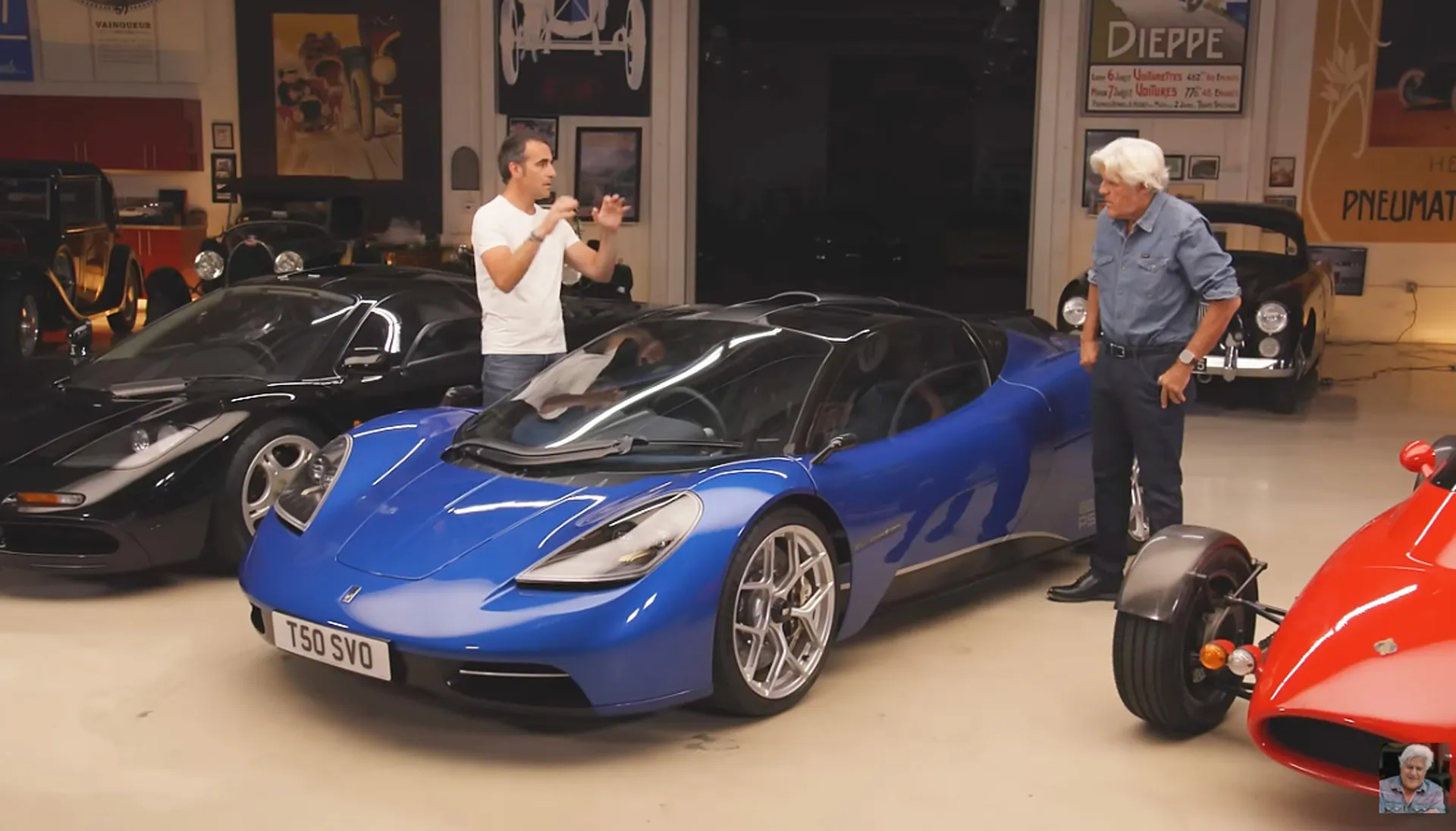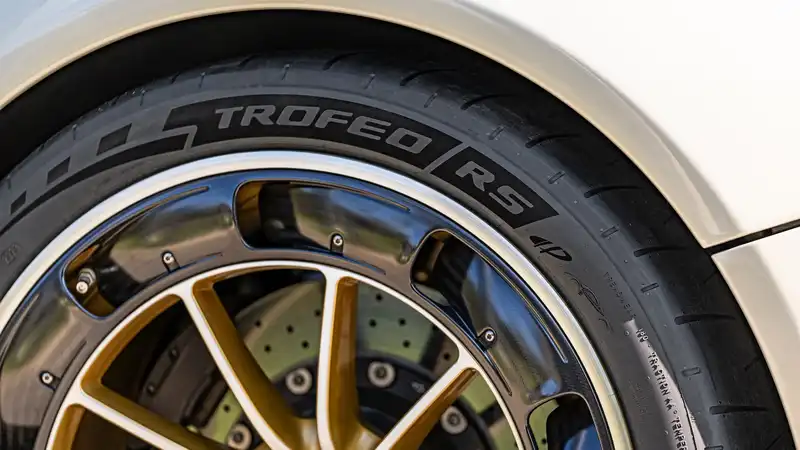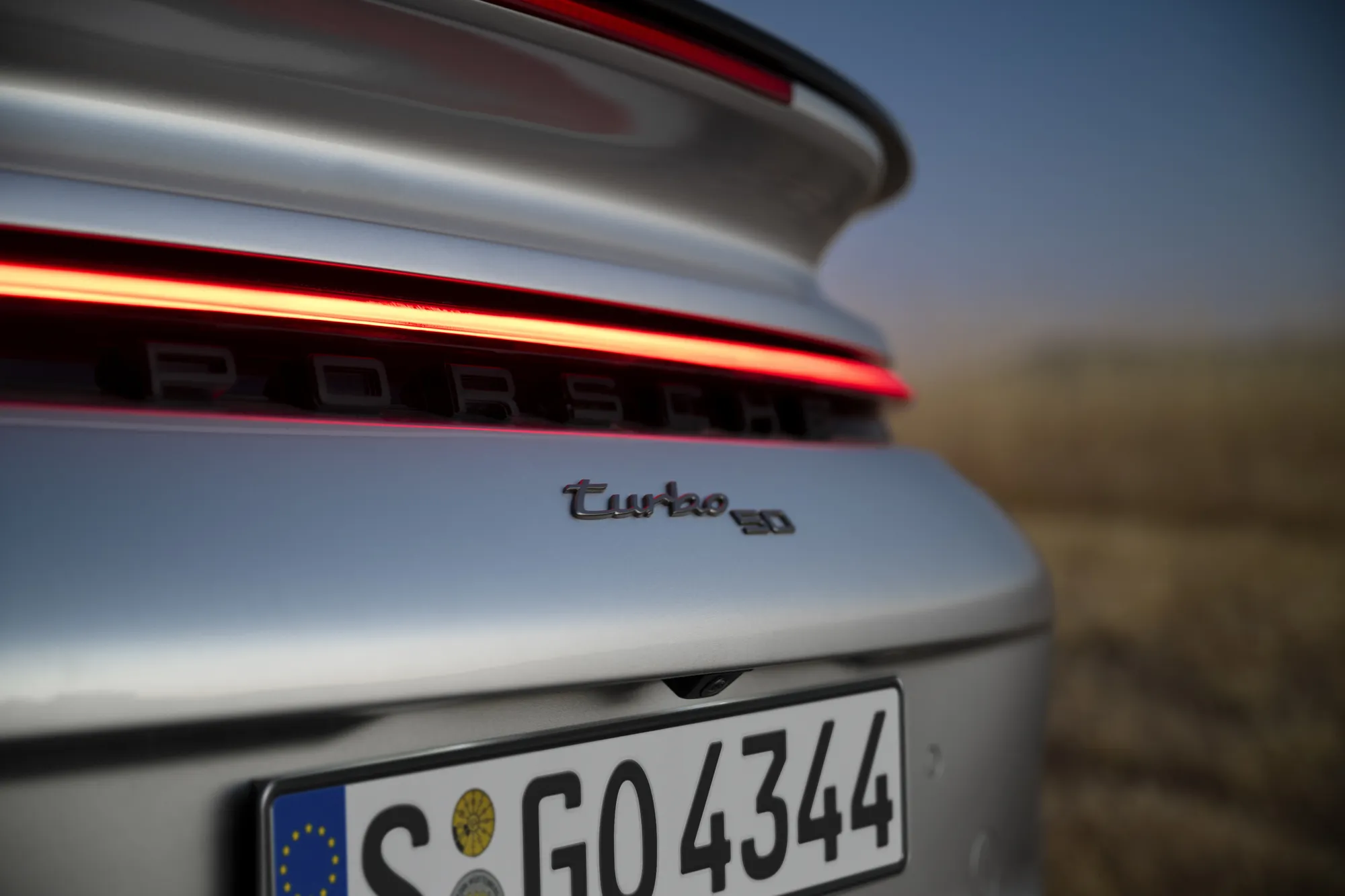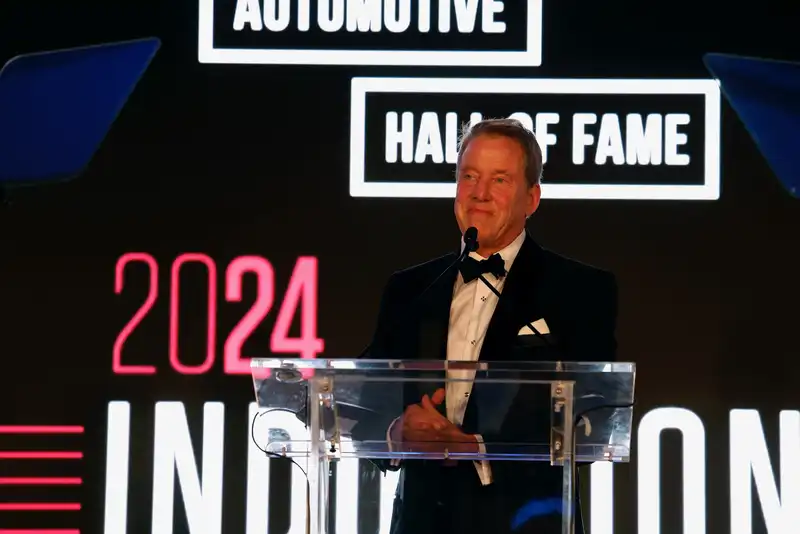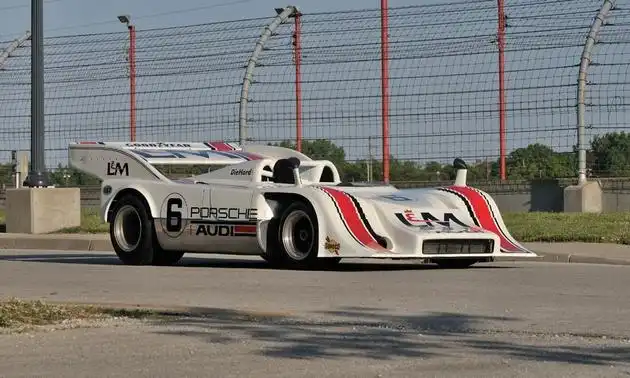Deep Dive How the Bugatti Chiron challenged the tradition of hypercars.
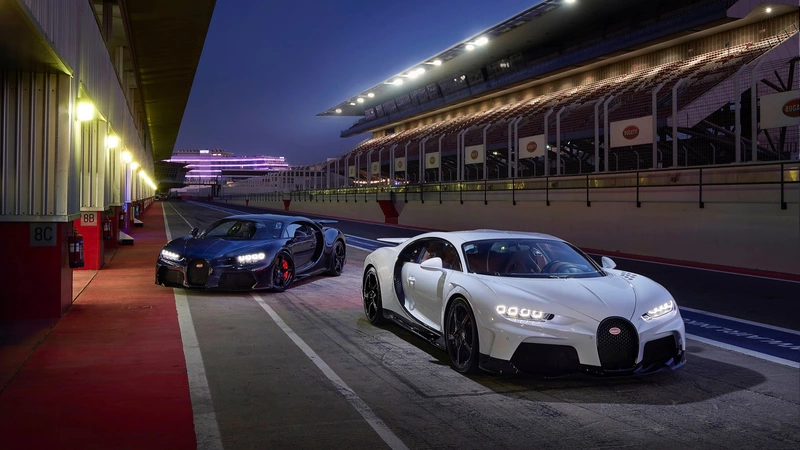
It was hard to imagine a car that could outperform the Bugatti Veyron, but that is exactly what Bugatti was aiming for when it unveiled the Chiron. Now that production is winding down, let's take a look at how the Chiron has set a new benchmark for hypercars.
Launched at the 2016 Geneva International Motor Show, the Chiron was named after Louis Chiron, a racing driver from Monegasque who raced for Bugatti between 1926 and 1933. It follows the Veyron template, named after French racing driver Pierre Veyron.
Like the Veyron, the Chiron is powered by an 8.0-liter quad-turbocharged W-16 engine. However, Bugatti claims that this massive engine has been redesigned for the Chiron and will naturally produce more power. Early versions produced a maximum output of 1,480 hp and 1,180 lb-ft of torque, while some later Chiron variants had increased output.
One of the biggest engineering challenges was cooling. The Syron has 10 radiators, including one for the engine (three in total), a transmission oil cooler and rear differential oil cooler, two water/air heat exchangers, and a hydraulic oil cooler. The latter maintains the temperature of the hydraulic oil flowing to the 18 hydraulic cylinders that control the active aerodynamic aids, including the rear wing air brakes. According to Bugatti, the cooling system circulates 211 gallons of water per minute, and the engine is designed to suck in 2,118 cubic feet of air per minute.
Bugatti claims that the engine is housed in a carbon fiber monocoque chassis that requires over 3,000 square feet of carbon fiber. Each fiber is laid end to end, covering 2.2 million miles. This is enough distance to make four trips to the moon and back.
With this chassis and engine as a foundation, Bugatti gradually introduced various models and derivatives of the Chiron. The Chiron Sport was lighter thanks to a 3D-printed titanium exhaust system, while the Chiron Pure Sport and the Chiron-based Divo focused on handling; the W-16 engine and some other Chiron components were used in the Bugatti Volide s track car.
From the outset, however, Bugatti also had its sights set on the Veyron's signature achievement: a top speed record for a production car. In August 2019, Bugatti became the first production car to break 300 mph when its prototype Chiron Supersport 300+ hit 304.773 mph on Bugatti's parent company, Volkswagen Group's test track in Erler-Leschen, Germany, becoming the first production car to checked that box. However, Bugatti did not begin delivering customer versions until late 2021.
At Bugatti's factory in Molsheim, France, the assembly process, according to Bugatti, involves tightening 3,800 screws and applying the paint layer by layer over three weeks. Between assembly and quality control, Bugatti says it takes about six months for a single car to reach the customer.
Bugatti confirmed earlier this month that the last 40 of the planned production quota of 500 Chirons have been sold out. The last 40 will be Pur Sport and Super Sport models, along with the Chiron-based Centodieci, a special edition inspired by the Bugatti EB 110 of the 1990s, which will extend production through 2022.
